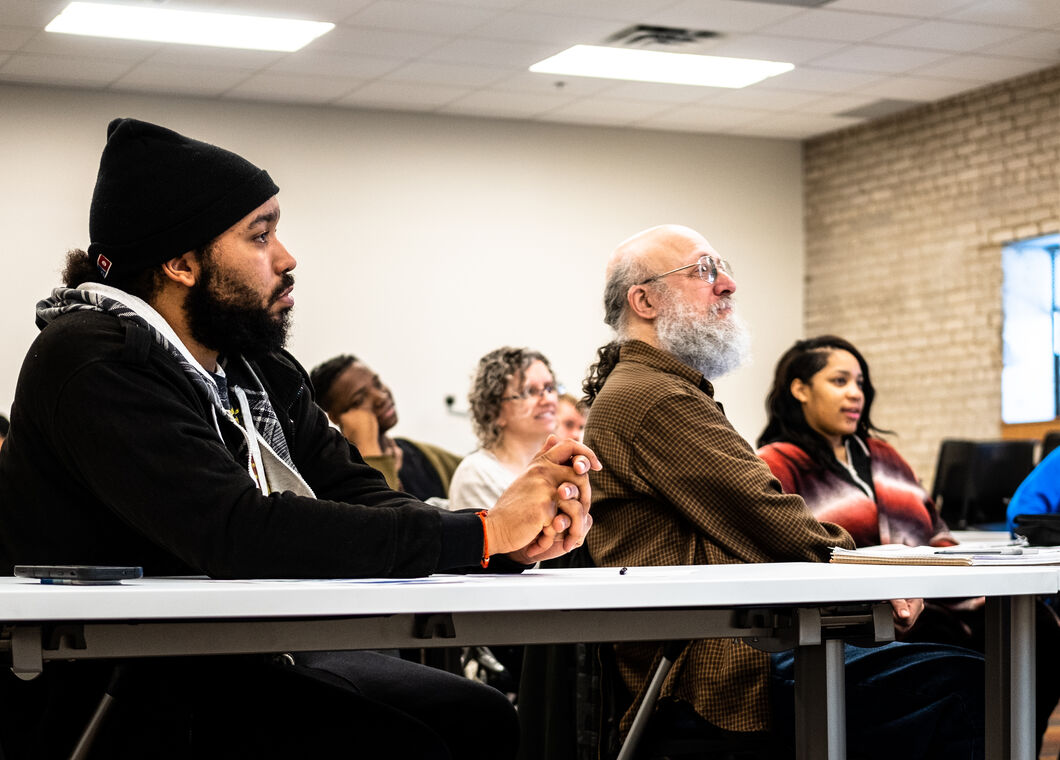
Tomorrow is Today: Don't Wait to Train Workers
...the job and income loss that low-income and BIPOC workers sustained over the past two years has only exacerbated pre-existing disparities...
If there’s one thing that’s been constant the past few years, it’s change. Even before the pandemic, the workplace and needs of employers and employees were shifting. Emerging technologies like artificial intelligence and robotics were promising to alter the future of work, and the implications of these trends will continue to become evident in the coming years. What is also true, as a colleague of mine said right before the pandemic, is that the next 10 years will disproportionately affect the next 100.
As we continually strive to ensure that our programs anticipate tomorrow’s workforce needs, our internal discussions have centered on a few key themes and questions. The technologies that will drive our future already exist. In fact, history shows us that major advancement happens once large populations see the utility of a concept and adopt it, and only then.
First, industries will continue to change quickly, so many segments of our workforce must be prepared to upskill and reskill in an ongoing way, rather than being prepared for a single position with a fixed set of responsibilities. How can our training programs prepare participants for this kind of flexibility? Think about it as “meta-training.”
Second, a baseline of digital dexterity will be increasingly demanded across all sectors. How can we make sure all people are prepared with a foundation of digital skills, even in professions that have not relied heavily on digital technology until now?
Third, some jobs that disappeared as a result of Covid-19 restrictions are likely not coming back, including positions in hospitality, retail, transportation, and office support. As we consider new career training opportunities, what are the sectors that have long-term promise and how can we ensure we are not moving large groups of workers into sectors that are at-risk?
Finally, the job and income loss that low-income and BIPOC workers sustained over the past two years has only exacerbated pre-existing disparities. Some have left the workforce to stay home and care for children, but wages are also rising, and the possibility of working remotely means jobseekers can cast a wider net geographically. How can we prepare workers for remote work based outside of our region?
Further, as e-commerce provides new entry points into entrepreneurship, how can we support those who want to work for themselves or build their own businesses? BIPOC communities are inherently blessed with creativity that has flourishing and requires systemic and capital investment.
As we consider these important questions, we are also revisiting the practicalities of how we deliver training and education, as some people have found that virtual offerings have allowed them more flexibility and greater access to programs. For example, PPL has seen its participant base extend beyond the typical metro area into greater Minnesota. We are considering what mix of in-person and online opportunities will allow us to have the greatest impact.
PPL’s entire career readiness program, which includes training, coaching, and more, is part of our broader effort to build community and success and to increase equity and ownership across our region. Alongside our supporters, we are building our shared future. The strength of our career training programs is a credit to our partnerships with major employers, which enable us to create highly customized programs. We will continue listening to our partners’ perspectives on the future of work and our communities’ perspectives on the kind of programming that best meets their needs.
